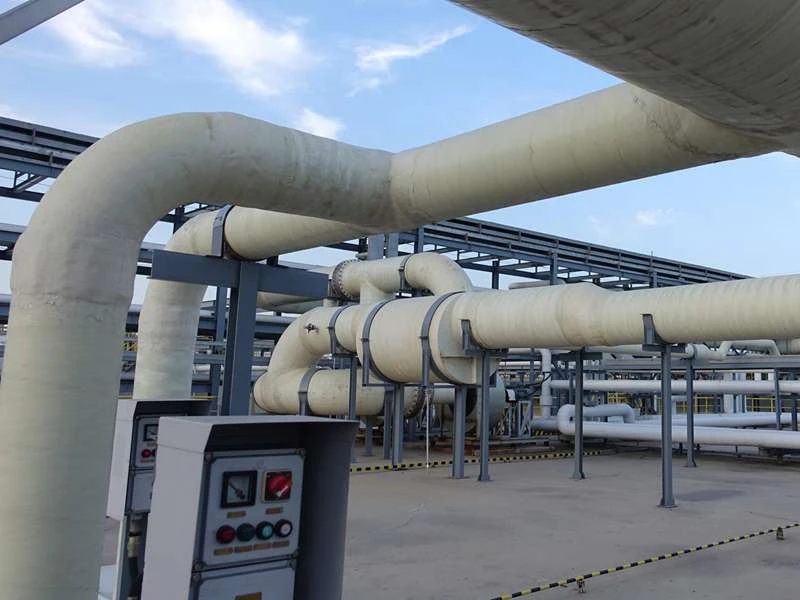
-
 Afrikaans
Afrikaans -
 Albanian
Albanian -
 Amharic
Amharic -
 Arabic
Arabic -
 Armenian
Armenian -
 Azerbaijani
Azerbaijani -
 Basque
Basque -
 Belarusian
Belarusian -
 Bengali
Bengali -
 Bosnian
Bosnian -
 Bulgarian
Bulgarian -
 Catalan
Catalan -
 Cebuano
Cebuano -
 China
China -
 China (Taiwan)
China (Taiwan) -
 Corsican
Corsican -
 Croatian
Croatian -
 Czech
Czech -
 Danish
Danish -
 Dutch
Dutch -
 English
English -
 Esperanto
Esperanto -
 Estonian
Estonian -
 Finnish
Finnish -
 French
French -
 Frisian
Frisian -
 Galician
Galician -
 Georgian
Georgian -
 German
German -
 Greek
Greek -
 Gujarati
Gujarati -
 Haitian Creole
Haitian Creole -
 hausa
hausa -
 hawaiian
hawaiian -
 Hebrew
Hebrew -
 Hindi
Hindi -
 Miao
Miao -
 Hungarian
Hungarian -
 Icelandic
Icelandic -
 igbo
igbo -
 Indonesian
Indonesian -
 irish
irish -
 Italian
Italian -
 Japanese
Japanese -
 Javanese
Javanese -
 Kannada
Kannada -
 kazakh
kazakh -
 Khmer
Khmer -
 Rwandese
Rwandese -
 Korean
Korean -
 Kurdish
Kurdish -
 Kyrgyz
Kyrgyz -
 Lao
Lao -
 Latin
Latin -
 Latvian
Latvian -
 Lithuanian
Lithuanian -
 Luxembourgish
Luxembourgish -
 Macedonian
Macedonian -
 Malgashi
Malgashi -
 Malay
Malay -
 Malayalam
Malayalam -
 Maltese
Maltese -
 Maori
Maori -
 Marathi
Marathi -
 Mongolian
Mongolian -
 Myanmar
Myanmar -
 Nepali
Nepali -
 Norwegian
Norwegian -
 Norwegian
Norwegian -
 Occitan
Occitan -
 Pashto
Pashto -
 Persian
Persian -
 Polish
Polish -
 Portuguese
Portuguese -
 Punjabi
Punjabi -
 Romanian
Romanian -
 Russian
Russian -
 Samoan
Samoan -
 Scottish Gaelic
Scottish Gaelic -
 Serbian
Serbian -
 Sesotho
Sesotho -
 Shona
Shona -
 Sindhi
Sindhi -
 Sinhala
Sinhala -
 Slovak
Slovak -
 Slovenian
Slovenian -
 Somali
Somali -
 Spanish
Spanish -
 Sundanese
Sundanese -
 Swahili
Swahili -
 Swedish
Swedish -
 Tagalog
Tagalog -
 Tajik
Tajik -
 Tamil
Tamil -
 Tatar
Tatar -
 Telugu
Telugu -
 Thai
Thai -
 Turkish
Turkish -
 Turkmen
Turkmen -
 Ukrainian
Ukrainian -
 Urdu
Urdu -
 Uighur
Uighur -
 Uzbek
Uzbek -
 Vietnamese
Vietnamese -
 Welsh
Welsh -
 Bantu
Bantu -
 Yiddish
Yiddish -
 Yoruba
Yoruba -
 Zulu
Zulu
Understanding Drill Rod Connections
Understanding Drill Rod Connections The Basics
Drill rod connections are fundamental to the effectiveness and efficiency of drilling operations across various industries, particularly in mining, construction, and geotechnical projects. Understanding these connections is essential for ensuring proper performance, reducing downtime, and enhancing safety during drilling processes.
At its core, a drill rod is a long cylindrical tool used to transmit drilling forces from the rig to the drill bit, which is responsible for penetrating the earth's surface. The connection between each segment of drill rod is crucial because it allows for flexibility and adaptability during drilling. Various connection types exist, each designed to meet specific operational demands and to facilitate the transfer of torque and axial loads.
The most common connection types include the traditional male-female threaded connections, as well as more advanced designs like squared or pin-style connections. Threaded connections, often referred to as couplings, ensure a secure and tight fit between the rods. This not only maximizes drilling efficiency by minimizing the risk of slippage but also helps to maintain a continuous line of force transmission. Thread sealants and proper torque specifications are critical in these scenarios to prevent fluid ingress and ensure optimal performance.
Another significant aspect of drill rod connections is their materials. Drill rods are typically made from high-strength steel alloys designed to withstand the harsh conditions of drilling. Properties such as tensile strength, fatigue resistance, and corrosion resistance are essential for maintaining the integrity of the connections throughout the drilling operation. Regular inspection for wear and damage is necessary to ensure the longevity of these connections and to prevent failures that could lead to costly repairs or accidents.
drill rod connections understanding the basics and its

Drill rod connections are not a one size fits all solution. Depending on the drilling technique employed—be it rotary drilling, percussion drilling, or core drilling—the choice of connection can significantly impact performance outcomes. For example, rotary drilling often benefits from robust threaded connections, while percussion drilling might utilize a different connection style that absorbs shocks better.
Moreover, advancements in technology have led to the development of more innovative drill rod connection systems, such as hydraulic and friction-type connections. These advancements aim to improve the ease of assembly and disassembly, enhance drilling efficiency, and facilitate rapid adjustments on-site. With the continuous evolution in drilling technology, keeping abreast of these changes is vital for drilling professionals.
Training and knowledge about drill rod connections should not be overlooked in any drilling operation. Workers must understand how to properly connect and disconnect rods, recognize signs of wear or damage, and know the specifications required for their particular drilling applications. Comprehensive training programs can significantly reduce risks associated with improper handling, leading to safer job sites and improved operational efficiency.
In conclusion, understanding drill rod connections is a fundamental aspect of successful drilling operations. By taking into account the types of connections, materials used, and the correct methodologies for assembly, drilling professionals can ensure enhanced performance, safety, and cost-effectiveness in their projects. As technology progresses, continuous education and training in this area will remain essential for adapting to new advancements and maintaining high standards within the drilling industry.
Latest news
-
Exploring the Benefits of Top Hammer Drifter Rods for Enhanced Drilling PerformanceNewsJun.10,2025
-
High-Precision Fiberglass Winding Machine for GRP/FRP Pipe Production – Reliable & Efficient SolutionsNewsJun.10,2025
-
FRP Pipes & Fittings for Shipbuilding - Corrosion-Resistant & LightweightNewsJun.09,2025
-
Premium FRP Flooring Solutions Durable & Slip-ResistantNewsJun.09,2025
-
Premium Fiberglass Rectangular Tanks Durable & Lightweight SolutionNewsJun.09,2025
-
Tapered Drill String Design Guide Durable Performance & UsesNewsJun.09,2025









